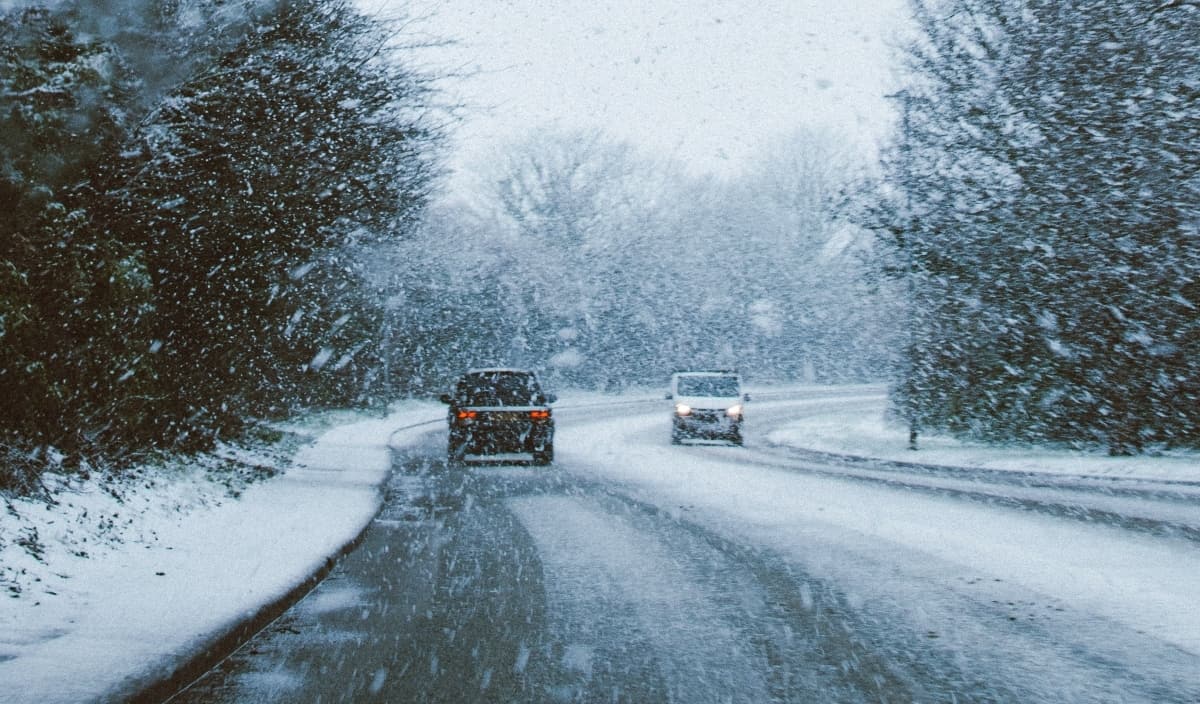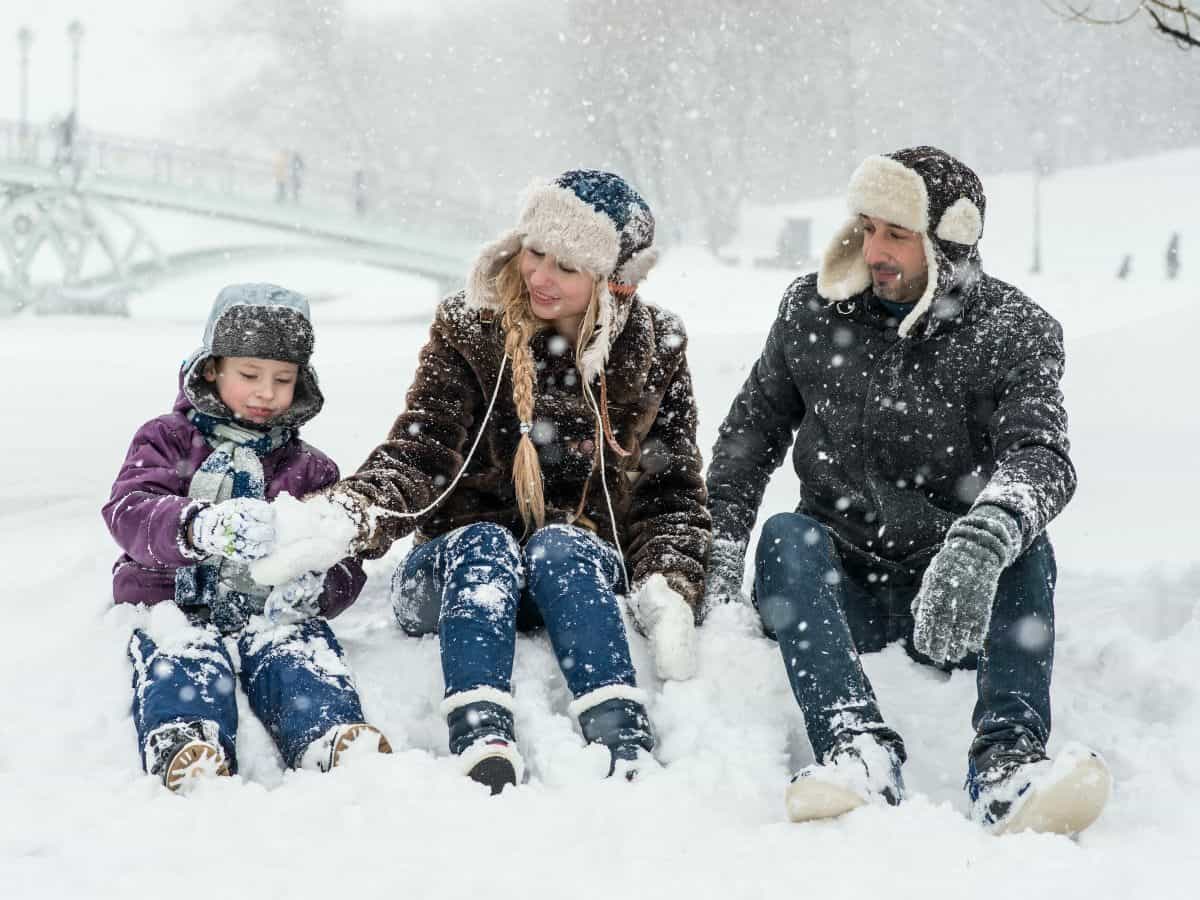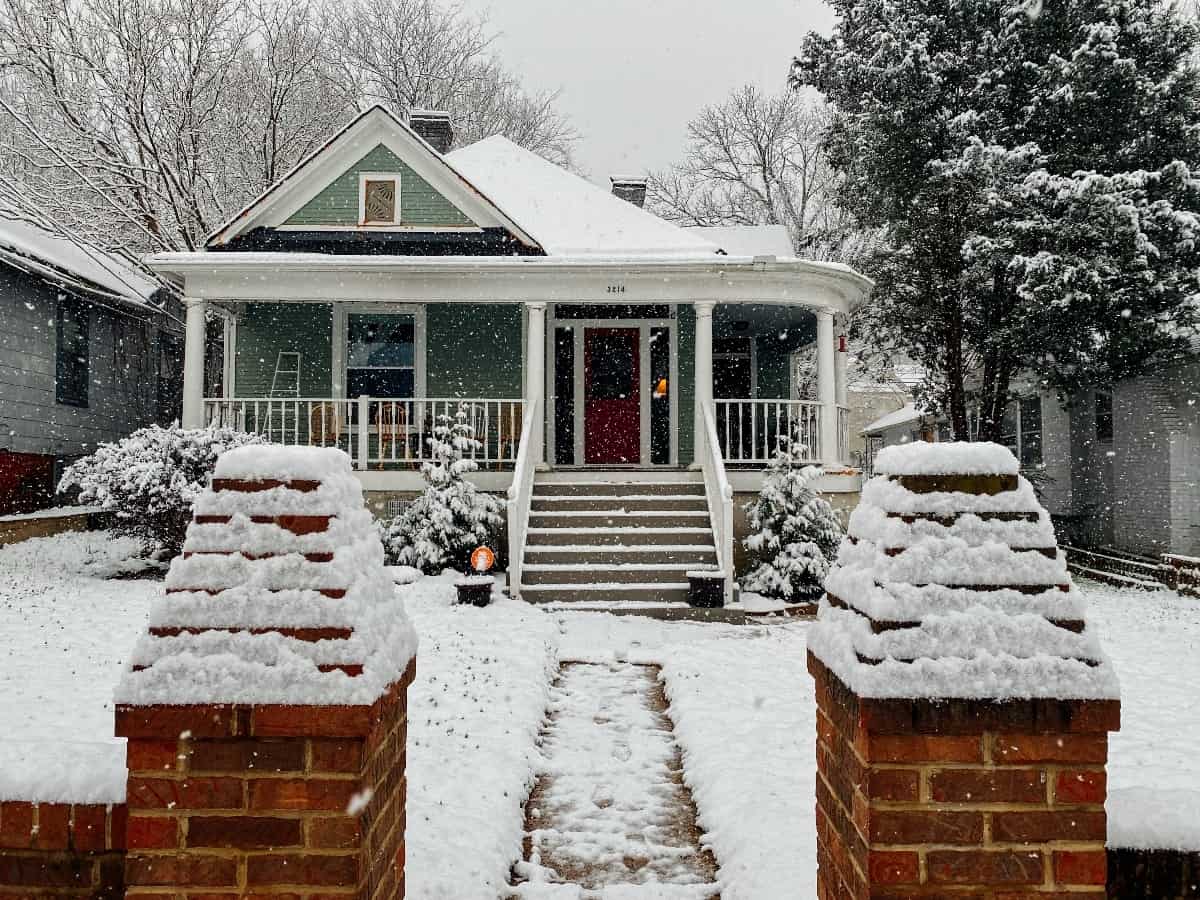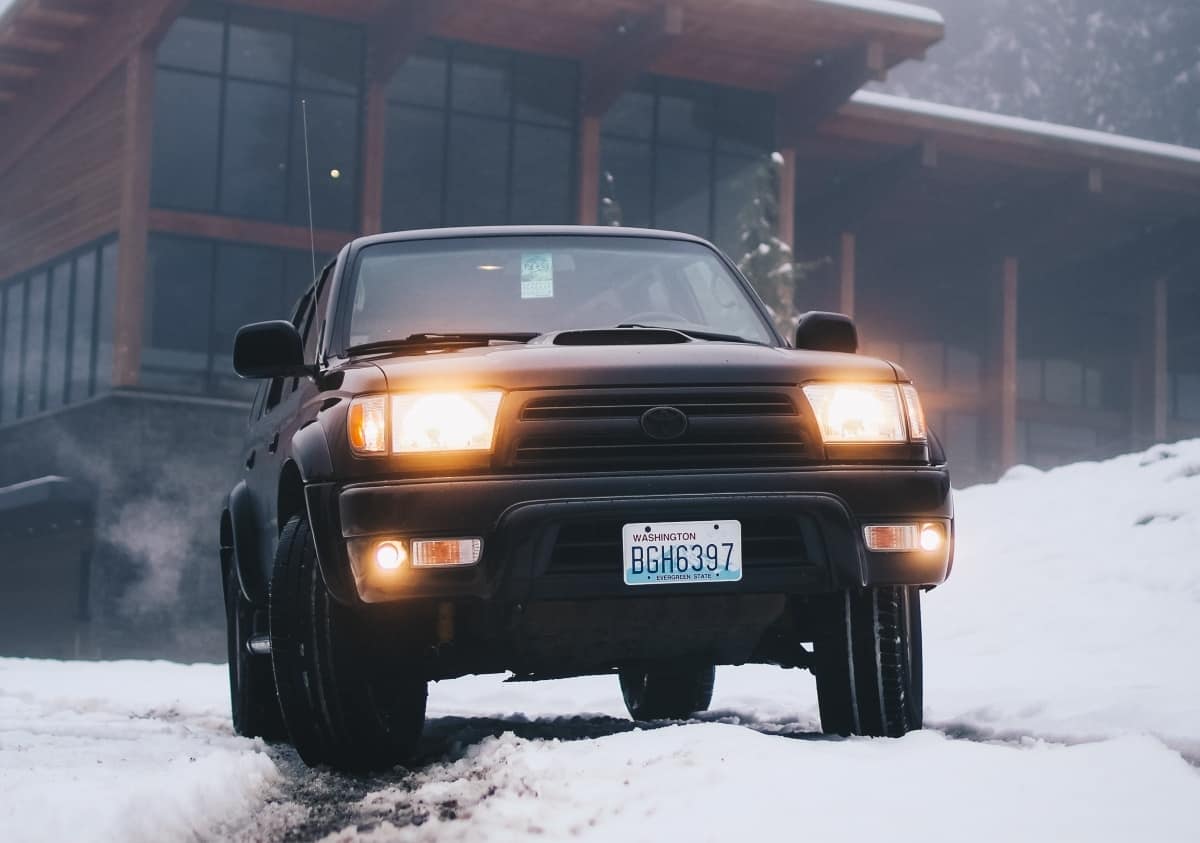Winter weather can be especially hard on your vehicle without a garage in which to park it. Knowing how to protect your car from the snow without a garage is a big help in limiting the potential for damage and costly repairs.
If you live in an especially snowy region, then you have a good idea of how much snowfall could land on and near your vehicle in just one night. A garage is the best way to keep your vehicle out of the snow and safe from potential damage caused by winter weather. If you do not have a garage, you still can take some simple steps to help protect your vehicle.
When you know how to protect your car from the snow without a garage, it stands a better chance of making it through winter without any issues. The following tips will help your car to make it without suffering damage.
Know Where Not to Park During Winter
The single best way to protect your vehicle during the winter months is to know where you should not park it. Just because a parking space is available or looks like it is in a sheltered spot does not necessarily make it safe.
Some of the most dangerous places to park your vehicle during winter are:
- Under overhangs
- Next to a tree
- Where a snow plow might pass
- On steep hills
Overhangs and trees might appear to provide good cover for your vehicle, but it is a mirage. Overhangs often collect heavy snowfall and ice that might break loose and fall onto your vehicle. Tree branches might snap and drop in strong winds or when subject to heavy snowfall or ice accumulation.
When you know how to protect your car from snow without a garage, you know not to park where heavy ice or tree limbs might fall and land on your vehicle.

Beware of Snow Plows
You also should not park where a snow plow might pass and bury your wheels in thick, heavy, and partly compacted chunks of snow and ice. Unless the weather is clear and there are no clouds on the weather radar, snow plows might damage your vehicle and bury it in deep snow and ice during the winter.
Parking on steep hillsides also is a mistake. The surface of the road or parking area might become icy and slick. Driving on an icy road makes it difficult to get underway and might cause you to lose control of your vehicle. It might even slide into the path of another vehicle.
An open and flat area is better than parking under an overhang, next to a tree, or on a steep hill. Paying close attention to weather reports also could help you to avoid parking on the street when there is a good chance of a snowplow passing through.
Car Shelters Can Protect Vehicles
The next best thing to a dedicated garage is a temporary car shelter that will protect your vehicle against a variety of weather – including snow, sleet, and hail. A car shelter is affordable and just requires enough space on your property to erect it quickly. Then you can park under it and protect your vehicle against snow and other wintry weather.
All car shelters have a cover that usually comes to a peak in the center. Many also have covers on either side and the back to give your vehicle more protection against the elements. Because they are temporary structures, car shelters typically do not require permits to put them up.
Use a Car Cover
Another answer to how to protect your car from snow without a garage is to buy a car cover for it. One that is designed for your make and model vehicle should fit well and keep snow, rain, and other weather off of the paint. The snow still can accumulate on your vehicle, but it comes off along with the cover and leaves you with a clean vehicle.
You might be tempted to just buy a tarp and use tie-downs to secure it to your vehicle. That could work, but it leaves your vehicle vulnerable to scratches from metal tie-down points. The tarp also is more likely to trap dirt and other abrasives that could scratch the paint.,
A dedicated car cover is better than buying a tarp and throwing that over your vehicle. The car cover will be made with softer and more durable materials that protect the finish and glass against scratches.
Cover the Windshield
A covered windshield and rear window keep frost, snow, and ice off of the glass. It also makes it a lot easier to just remove the cover and all of the snow and ice that accumulates since you last drove it.
You can buy covers that are specially designed to cover your windshield or your windshield and rear window. Some also can cover the upper passenger cabin, including the roof and windows on all four sides.
If you do not want to buy a cover for your windshield, you could use cardboard. You can use the wiper blades to hold the piece of cardboard in place. The cardboard should cover your windshield and protect it against snow, ice, and frost. You just remove it, knock the snow and ice off of it, and toss it into the trunk.

Make the Wiper Blades Stand
The windshield often gets covered in wet snow, sleet, or freezing rain while driving in winter. When you park your car and it has been snowing, the defroster likely has caused precipitation to form on your windshield.
Melted snow and other types of precipitation are likely to freeze quickly when the temperature is below freezing. If you do not cover the vehicle or windshield, then you should make the wiper blades stand up while the vehicle is parked for an extended period.
Wiper blades are jointed and will bend outward at right angles from the windshield. They will hold themselves in place, which prevents the blades from freezing to the windshield.
Another way to know how to protect your car from snow without a garage is to install wiper blades with two or three edges on each blade. The additional edges on the blades make it easier to move snow and ice away from the windshield.
You also need to use washer fluid with a deicing agent. That will help to keep the windshield blades in good shape and make it easier to remove thin ice from the windshield with just the wiper blades.
Install a Remote Starter
A remote starter is a great way to warm up your vehicle on very cold mornings without having to actually enter your vehicle. You can leave your car parked in the driveway and start it using a remote control switch and then let it warm up.
You should have the heater set to defrost before exiting your vehicle when you park it. When you use the remote starter, the defroster will blow increasingly warmer air onto the windshield and side windows. The passenger cabin can warm up while the windows become much easier to clear of any ice or snow accumulation.
Some municipalities ban the use of remote starters due to auto theft concerns. So you should double-check to make sure they are legal where you live. Many would consider it reasonably affordable to buy a remote starter and pay for professional installation – especially when it saves you from sitting in an ice-cold car to get it started.
Check the Battery, Antifreeze, and Thermostat
Car batteries discharge their stored energy much faster in subfreezing temperatures. You should have your battery inspected to make sure it is taking a full charge and will give you enough power to the car in very cold temperatures.
If the battery does not take a full charge, you should replace it with a new one that does. Motorists who know how to protect your car from snow without a garage make sure the battery is a good one.
You also should make sure the antifreeze to ensure that it is clean and capable of protecting against deep freezes. Good antifreeze will protect against freezing at temperatures that are as low as minus 40 degrees Fahrenheit. They also help to prevent the engine block from freezing and possibly cracking.
While checking the antifreeze, you might consider installing a hotter thermostat. One that enables the engine to run a little hotter will make the defroster and heater work better.




